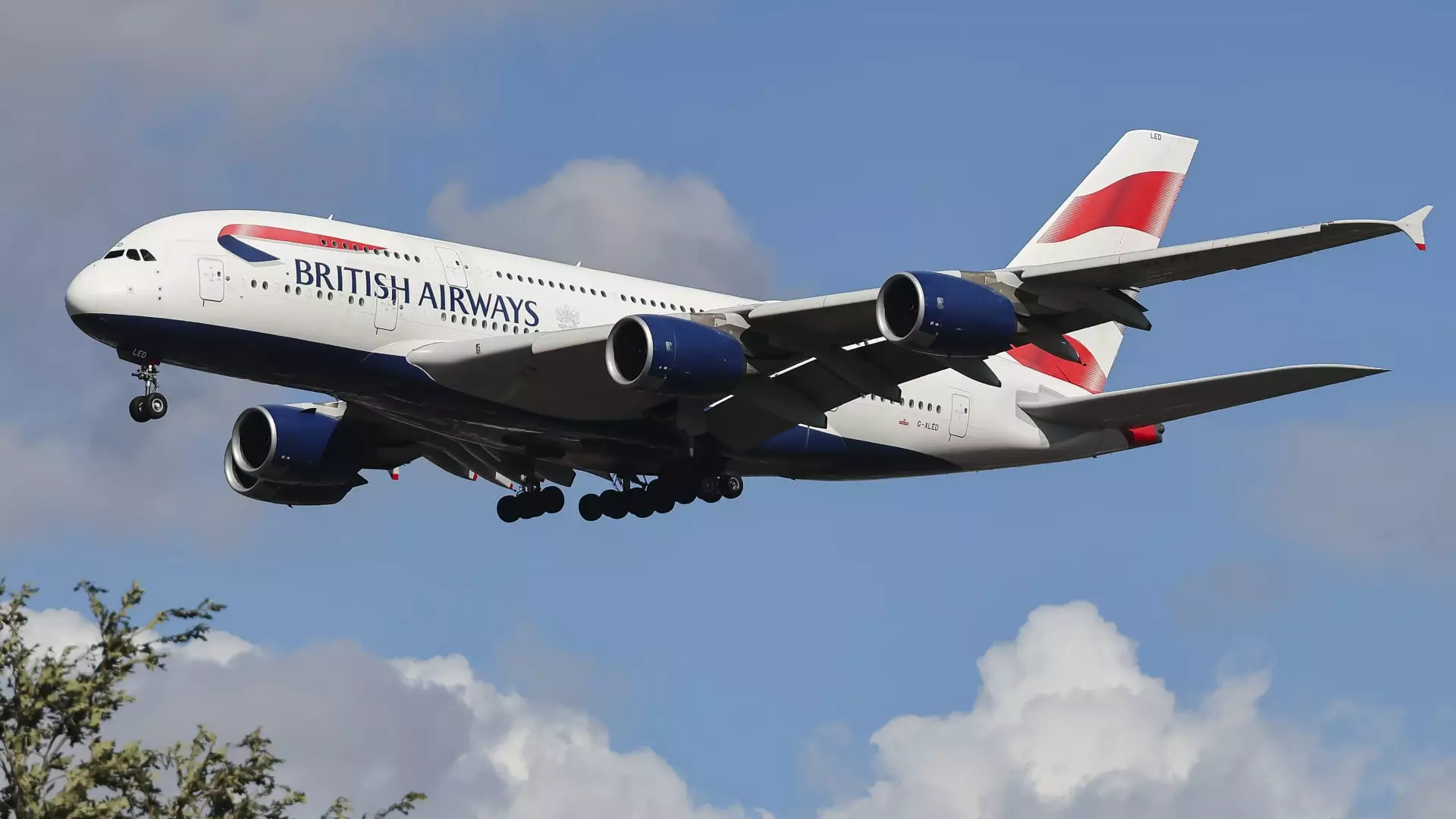The global aviation landscape is undergoing significant changes, particularly in relation to airline services to China. Rising operational costs, compounded by a decline in demand, are leading major airlines to reevaluate their presence in this once-lucrative market. As geopolitical tensions and the ramifications of the ongoing war in Ukraine further complicate air travel dynamics, many notable carriers are either cutting back drastically or completely withdrawing from the Chinese market.
Skyrocketing Operational Costs
As airlines adapt to the realities of the post-pandemic world, they must confront the new operational challenges posed by political states. The closure of Russian airspace following sanctions imposed by Europe and the United Kingdom has forced airlines to reroute their flights, leading to longer journeys that significantly inflate operational expenses. For instance, carriers such as Virgin Atlantic and Scandinavian Airlines have announced their withdrawal from China entirely, marking a stark transition from active, long-term engagement in a market that once thrived.
The financial implications of this geopolitical standoff are severe. Airlines are now burdened with increased fuel costs and the necessity to operate larger flight crews for these extended routes. Long-haul flights previously benefited from shorter paths that allowed for efficient crew deployments. Now, with the need for four-man crews to manage longer flight times, airlines are grappling with an increase in operational costs that is difficult to justify given the current market conditions.
John Grant of OAG has highlighted how major airlines are creatively scaling back their capacity while still attempting to maintain a presence in China. British Airlines, for example, has transitioned from operating Boeing 747 jumbo jets to smaller aircraft like the B777 and B787 for their China routes. This strategy not only reduces costs but also keeps the airline’s connectivity to China intact on the route map, reflecting a desire to position themselves for a potential recovery in traveler interest.
However, recent trends indicate that even this approach may not suffice. A considerable reduction in outbound and inbound travel has plagued the Chinese aviation market. In 2019, China welcomed 49.1 million international travelers, but just 17.25 million had arrived by mid-2023. The decline highlights a significant erosion of the market’s attractiveness, alongside growing concerns related to economic health and political stability.
As major carriers retreat from China, they are redirecting their aircraft and services to more profitable routes. For example, British Airways replaced its underperforming Beijing flights with more favorable connections to Cape Town, resulting in an impressive jump in load factors from 55% to 90%. This strategic shift underscores the pragmatic approach airlines must adopt in order to enhance profitability amidst uncertainty.
By reallocating resources to regions that demonstrate robust travel demand, airlines can reduce losses while remaining competitive. The aviation sector is, after all, guided by commercial viability, and it is becoming increasingly apparent that long-term commitments to China may no longer be the most lucrative option for these carriers.
While international airlines are curtailing their Chinese operations, local carriers are also facing significant challenges of their own. According to Grant, despite projected recovery in the Chinese aviation sector, the road ahead appears long. The financial performance of major airlines has faltered; for instance, China’s largest airline reported a staggering loss of $4.8 billion in 2022, a stark contrast to the profitability of its international counterparts.
Although Chinese airlines are expected to increase their footprint in international markets—operating 82% of flights between China and Europe this winter compared to 56% pre-pandemic—the volume of flights does not necessarily reflect a healthy demand environment. The aggressive pursuit of market share through expanded services may be a sign of desperation for cash among these carriers, as they aim to portray an image of returning to normalcy.
The future of air travel to China remains unpredictable. While there are signs of potential recovery, challenges abound substantially. The geopolitical landscape, fluctuating demand, and evolving operational costs are reshaping the airline industry’s approach to China. Major airlines will continue to adapt to the realities of the market and the broader aviation landscape, deploying their resources where they can achieve sustainable profitability. As domestic carriers increase capacities to international destinations, it remains to be seen how the resurgence of travel to China will unfold in this new era. The coming years will likely reveal whether the current shifts are merely reactions to immediate pressures or indicators of a more permanent transformation in the aviation space.


Leave a Reply